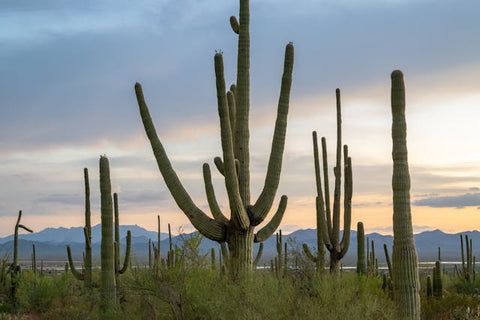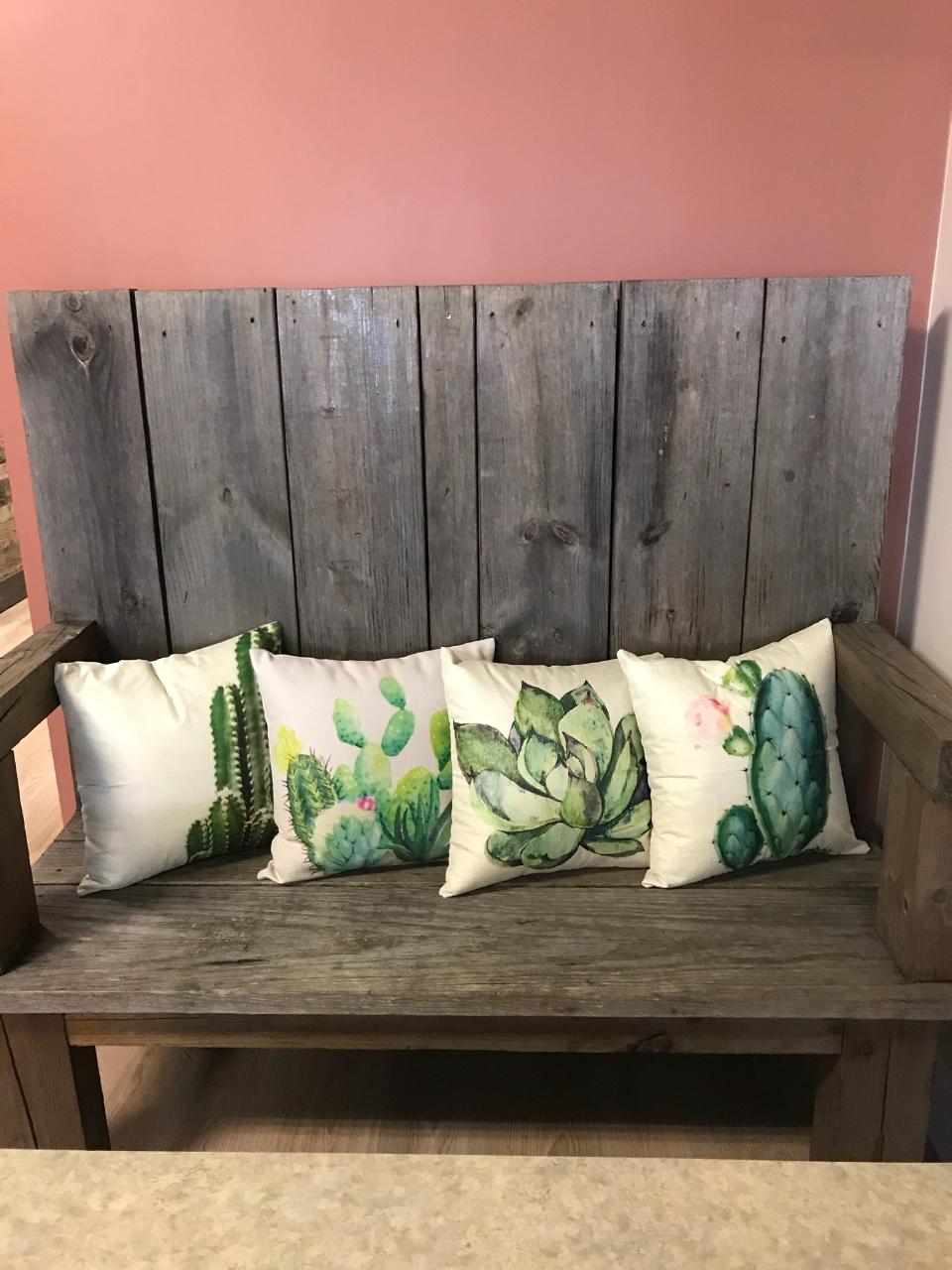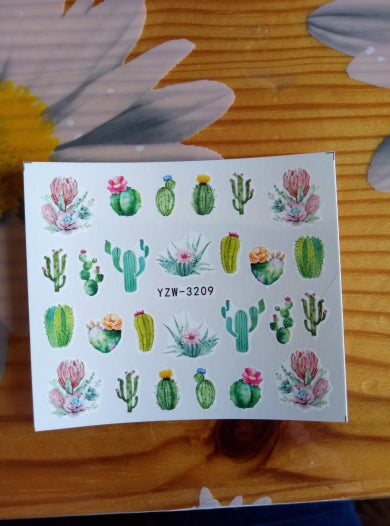Viewing the Fine Line Between Cacti and Succulents
Cacti and succulents are not completely the same, although they are related and there is some overlap between the two.
So...what's the difference between Cacti and Succulents?
Cacti and succulent plants share several similarities due to their adaptation to arid environments. Some ways in which cacti and other succulents are similar include:
-
Storing water: Cacti and succulents both have special parts, like thick leaves, stems, or roots, to keep water. This helps them live in dry places by letting them endure times without rain.
-
Handling drought: Cacti and other succulents are both water-storing plants that are really good at surviving without much water. They can go for a long time without water by using the stored moisture effectively.
-
Smaller leaf size: Lots of cacti and succulents have small or downsized leaves. This helps them hold more water because less water evaporates from their leaves.
-
Nighttime photosynthesis: Cacti and lots of other succulents use something called CAM photosynthesis (Crassulacean Acid Metabolism). This special process lets them open tiny holes in their leaves at night to take in carbon dioxide and then close them during the day to save water.
-
Surviving in dry places: Both cacti and succulents are really good at living in hot and dry areas, like deserts. They're perfect for places where there's not much water available.
-
Easy to care for: Cacti and succulents are simple to look after because they can store water. You don't need to water them as often as other plants.
Both cacti and succulents have some similarities, but it's important to note that cacti are a special type of succulent.
Cacti have special spots called areoles and spines, which make them different from other succulents.
Succulents are a very big group of plants that have changed over time to keep water in their leaves, stems, or roots. This helps them live in dry places.
Some of the most popular examples of succulents include aloe vera, echeveria, and jade plants.



Cacti are a special kind of succulent plants in the Cactaceae family. They have special bumps called areoles where spines, flowers, and new branches grow. Cacti mostly live in dry places in North and South America.
Cacti stand out because of their unique traits like areoles and spines. But like other succulents, they're good at storing water and surviving in dry places.
Some very popular examples of cacti include Christmas cactus, Claret Cup cactus and Mammillaria cactus plants. These are just a very few beautiful examples...



So...
Are Cacti and Succulents the Same? They are all amazing in their own way and while all cacti are succulents, not all succulents are cacti...
And who isn't Obsessed With Succulents?
As an Amazon Associate we earn from qualifying purchases.



















